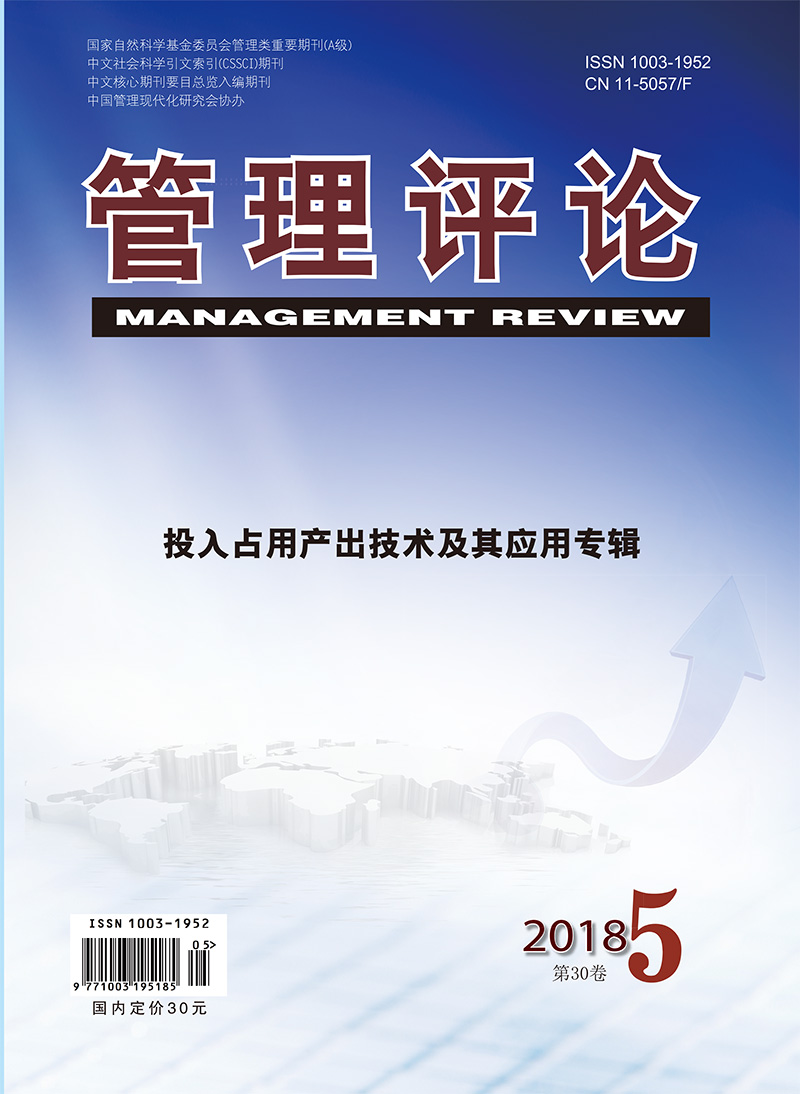International production fragmentation sees rapid growth, which challenges production-based pollution accounting principles. The consumption-based accounting principles receive more and more recognition. In fact, production fragmentation is even more pro-nounced at interregional level than at international level. However, studies investigating carbon emissions embodied in interregional trade are relatively lacking. One of the main constraints is the availability of data. This paper applies newly constructed inter-regional input-out-put (IRIO) tables, complemented by customs data to adjust the processing trade. By employing the IRIO model, the effects of interre-gional trade on regional CO2 emissions are studied. Moreover, we introduce an extended HOV model with environment factors, which gives prediction for the direction of regional net pollution flows. The model demonstrates that regional "net carbon flow" equals to the difference between regional production-based carbon emissions and consumption-based carbon emissions, and the production-based carbon emissions can be obtained by adding consumption-based carbon emissions and net carbon inflows. Empirically, we show that, Northern Municipalities and East Coast-developed regions-are net carbon inflow regions, meaning that these regions have more consump-tion-based pollution than production-based pollution. In contrast, Northeast and Southwest are regions that have net carbon outflows, meaning pollution intensive industries were transferred from economically developed areas to less-developed areas. Our results show that regional pollution transfers via interregional trade are sizeable, which pose uncertainties to the efforts of establishing carbon rights trading system. The theoretical HOV model could explain 75% and 89% of the facts in 2002 and 2007 respectively, which is higher than previ-ous national research, showing the trans-regional trade within a country is closer to HOV classical assumptions. The decomposition for driving forces shows that capital formation is the main cause of consumption-based emissions, which reflects China's investment-driven growth model. It implies that the impact of trans-regional trade should be taken into account when making region-specific environmental policy. We conclude by providing some policy implications and suggestions.

